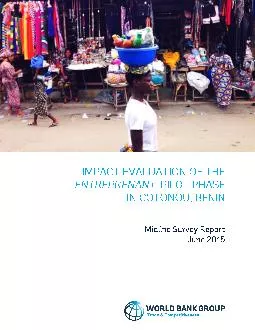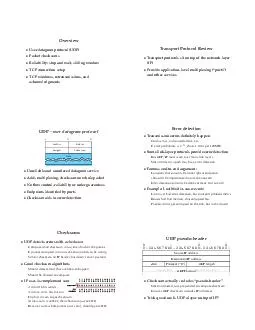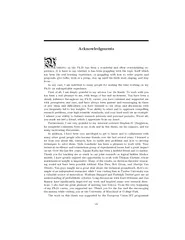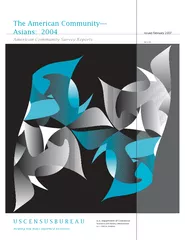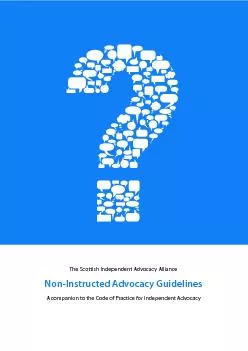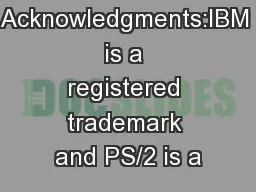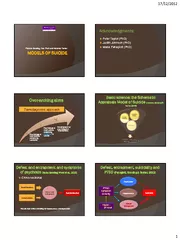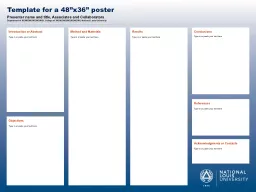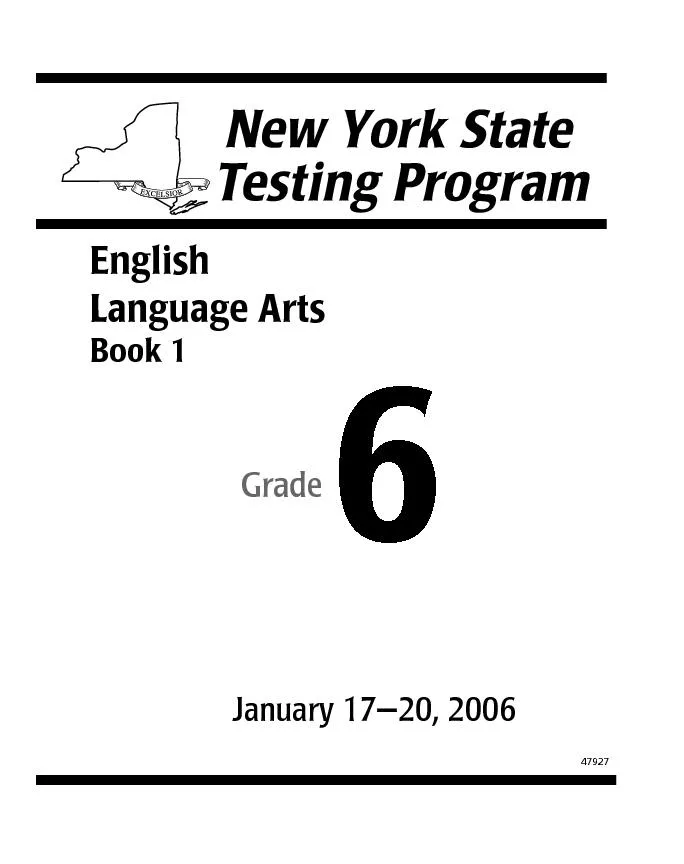PDF-Acknowledgments
Author : byrne | Published Date : 2021-01-05
2 This report was prepared by Victor Pouliquen and Massimiliano Santini with inputs from Louis Akakpo Theodore Anthonioz Laurent Corthay Tonagnon Dadjo David McKenzie Hamidou
Presentation Embed Code
Download Presentation
Download Presentation The PPT/PDF document "Acknowledgments" is the property of its rightful owner. Permission is granted to download and print the materials on this website for personal, non-commercial use only, and to display it on your personal computer provided you do not modify the materials and that you retain all copyright notices contained in the materials. By downloading content from our website, you accept the terms of this agreement.
Acknowledgments: Transcript
Download Rules Of Document
"Acknowledgments"The content belongs to its owner. You may download and print it for personal use, without modification, and keep all copyright notices. By downloading, you agree to these terms.
Related Documents

